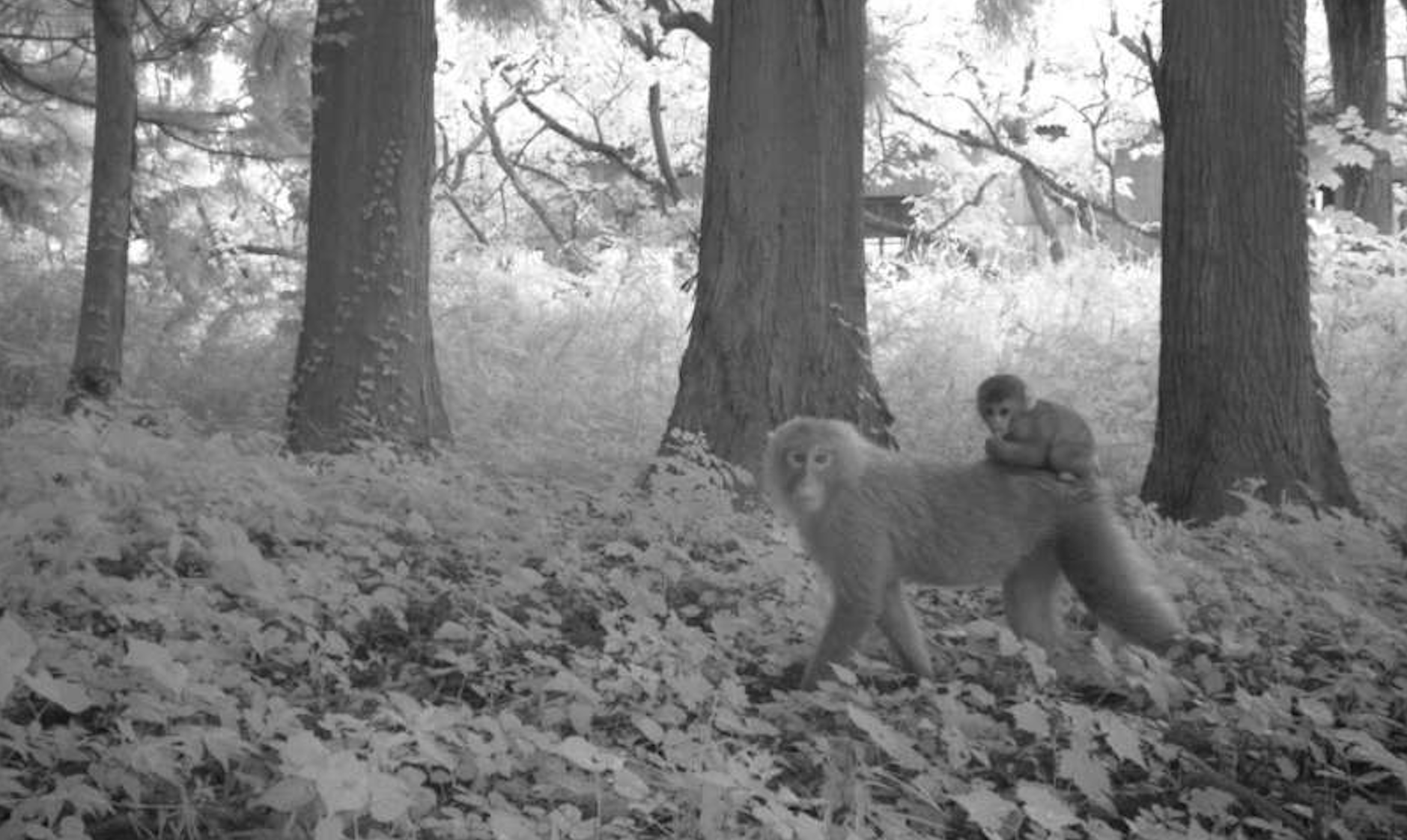Animals Thrive In Areas Evacuated by Humans After Fukushima Nuclear Disaster

Credit to Author: Becky Ferreira| Date: Tue, 07 Jan 2020 13:34:27 +0000
Nearly nine years have passed since the Fukushima Daiichi nuclear power plant disaster in Japan, the most catastrophic nuclear accident since Chernobyl, which was triggered by an earthquake and tsunami in March 2011.
But despite the severity of the meltdown, wildlife is now thriving in the evacuated regions surrounding the disabled power plant, known as the Fukushima exclusion zone, according to a study published on Monday in the journal Frontiers in Ecology and the Environment.
The findings echo a similar trend observed within the Chernobyl exclusion zone in Ukraine, which has flourished as an accidental wildlife preserve since it was abandoned by humans in the aftermath of the Chernobyl nuclear disaster in April 1986.
"Our results represent the first evidence that numerous species of wildlife are now abundant throughout the Fukushima Evacuation Zone, despite the presence of radiological contamination," said co-author James Beasley, a wildlife biologist at the University of Georgia, in a statement.
"This suggests these species have increased in abundance following the evacuation of people," he added.
The Fukushima disaster forced some 164,000 people to permanently flee their homes, with thousands still displaced almost a decade later. The exclusion zone, which has a radius of 30 kilometers around the disabled plant, is permanently abandoned. That uninhabited area is encircled by a restricted zone with intermediate contamination, and an outer zone that is inhabited because radiation levels there have been deemed safe.
The team took tens of thousands of images using camera traps set at 106 locations for a period of 120 days. The results revealed “no evidence” that the area’s large animals—wild boars, hares, pheasants, macaques, and foxes—had suffered long-term population losses, and that “several species were most abundant in human‐evacuated areas,” according to the study.
“These data provide unique evidence of the natural rewilding of the Fukushima landscape following human abandonment, and suggest that if any effects of radiological exposure in mid‐ to large‐sized mammals in the Fukushima Exclusion Zone exist, they occur at individual or molecular scales, and do not appear to manifest in population‐level responses,” the team said.
In other words, while many animals have suffered radiation damage at Fukushima, it hasn’t caused noticeable long-term population losses. Chernobyl is likewise teeming with wild animals and stray dogs, though there is still evidence of population declines in that zone’s most radioactive areas.
It will take more time and research to get a clearer understanding of the long-term impact of these two catastrophic meltdowns on the wildlife within their blast radius. But the initial results do suggest that human habitation is far more destructive to animal populations than radioactive fallout. These abandoned areas are a reminder of how dramatically humans displace wild animals, and that many species rebound once we’re gone.
This article originally appeared on VICE US.